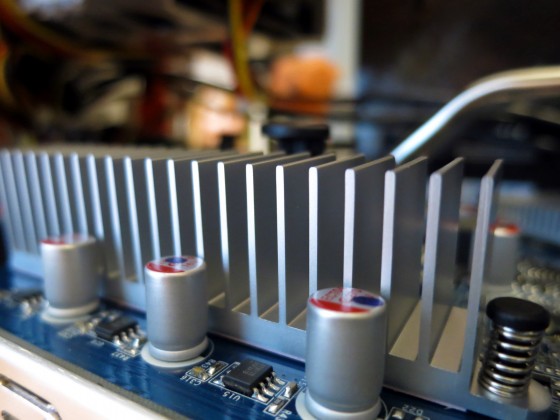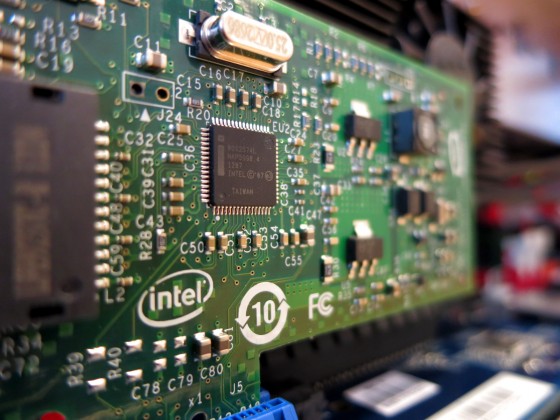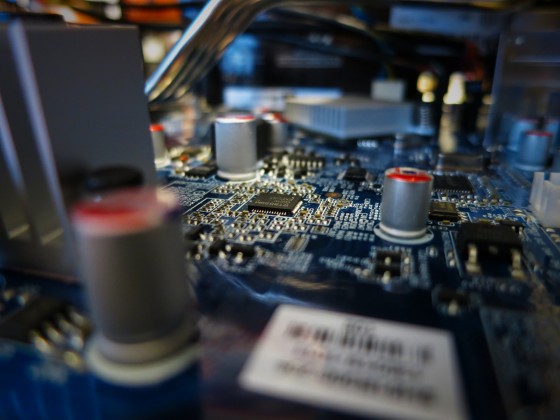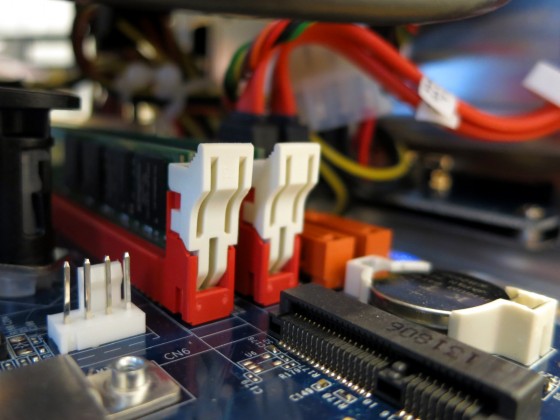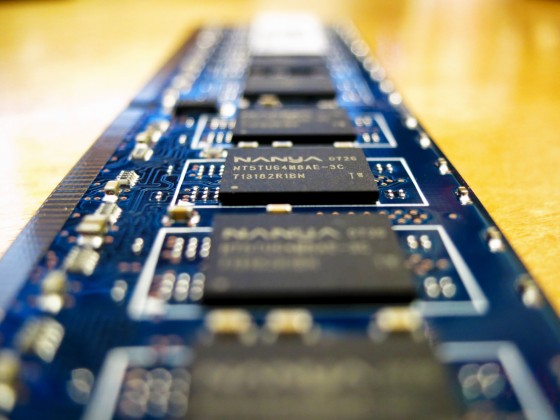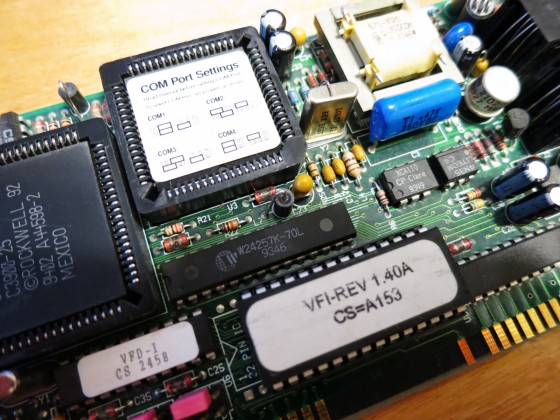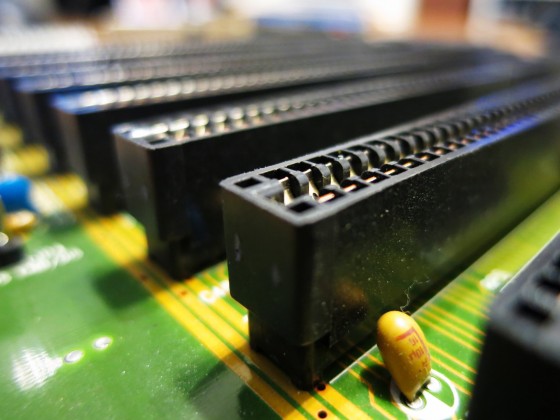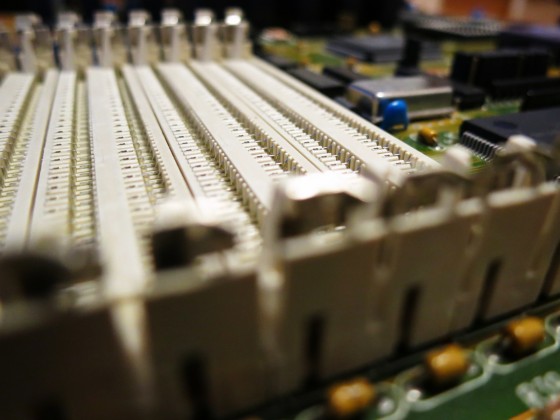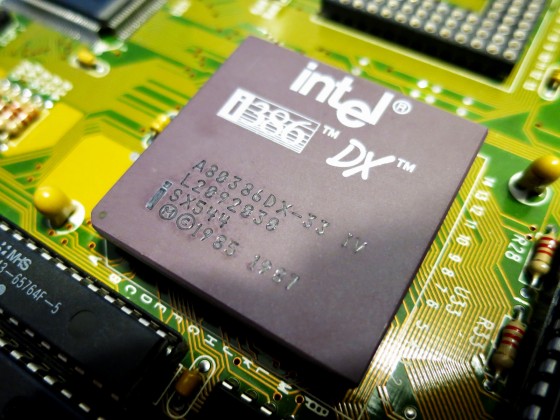Today I was building a new computer for a client. As I installed the RAM sticks and the SSD drive, and applied thermal grease to the CPU before gently seating it on the motherboard, I reflected on how cool the guts of computers are.
Ever since I can remember, I’ve been fascinated by what makes these machines tick. Our trusty old Apple IIe, circa 1984, was a great learning tool. I installed what was then called an “80-column card” because it doubled the horizontal resolution of the computer from 40 columns of green-screen text to an astounding 80 columns. Wow, word processing became a whole different game. More to the point, the 80-column card 64kB of expansion RAM, which brought the total onboard memory to a whopping 128kB. Although these days a single email message wouldn’t fit in that space, back then it was a luxury.
From there I bought an Apple IIgs and outfitted it with some extra memory. I think that one came stock with 128kB, so of course I needed to double it to an amazing 256kB. Then it was my first IBM clone– all desktop computers were called “IBM clones” because they were based on the 8086 instruction set (I think). My first upgrade to that machine was trading the 386-33MHz processor for a shiny new 486-66MHz, which I bought from my friend Chad for $400 because he wanted to upgrade his computer to something like 100MHz. Wow.
Over the years, I bought parts and built computers. I knew what plugged into what, and I knew where to get the best stuff for the lowest price. I remember math co-processors and the “turbo” button. I remember modems that sat on your desk with a half-dozen blinking status lights and a reassuring mix of screaming and static as they negotiated the 14kbps phone connection. I remember 40MB hard drives that were huge (both in bytes and physically). Downloading software from a BBS? Check. WordPerfect– in text mode– yep. 4MB of RAM for hundreds of dollars, a confusing array of memory types, parallel ports, serial ports, IDE… all of that is ingrained in my geeky memory.
A few years ago I was talking to some friends of mine who are really good software developers. They had no clue how the inside of a computer worked. They’d never plugged in a hard drive or replaced the RAM or upgraded a CPU. They just bought their computers as a unit, never balancing speed and cost by picking out just the right components. I was astounded. I guess I thought everyone who programmed computers would know how to build computers. But then again, I drive a car every day and don’t know the difference between transmission fluid and brake fluid. I suppose it’s just happenstance that I know both the hardware and the software side of computing.
Anyway, I’ve always enjoyed mucking around in the guts of the computers I use, and I find the intricate little components to be amazing examples of engineering and design. So, without further ado, I give you some pictures of the guts of my latest computer.
Just for fun, I dug out some old parts from my closet. Some of these shocked even me.
Server memory:
An old 56k modem, complete with jumpers used to set the COM ports. Man, those were some good times.
Then, way in the back, covered in a fine layer of dust, sat an old manila envelope that contained the oldest piece of my computer history. It was the original 386-33 motherboard I mentioned above. This thing is truly a relic– it dates back to 1991 or so, and looking at the components reminded me of the stuff we used back then.
Forget PCI– this thing only had ISA slots (eight of them):
There are also eight banks for RAM, and I believe each bank could only support 1MB:
And finally, the amazing centerpiece of this motherboard: the original Intel 386-33 CPU:
What a fun trip down memory lane. We’ve sure come a long way.

